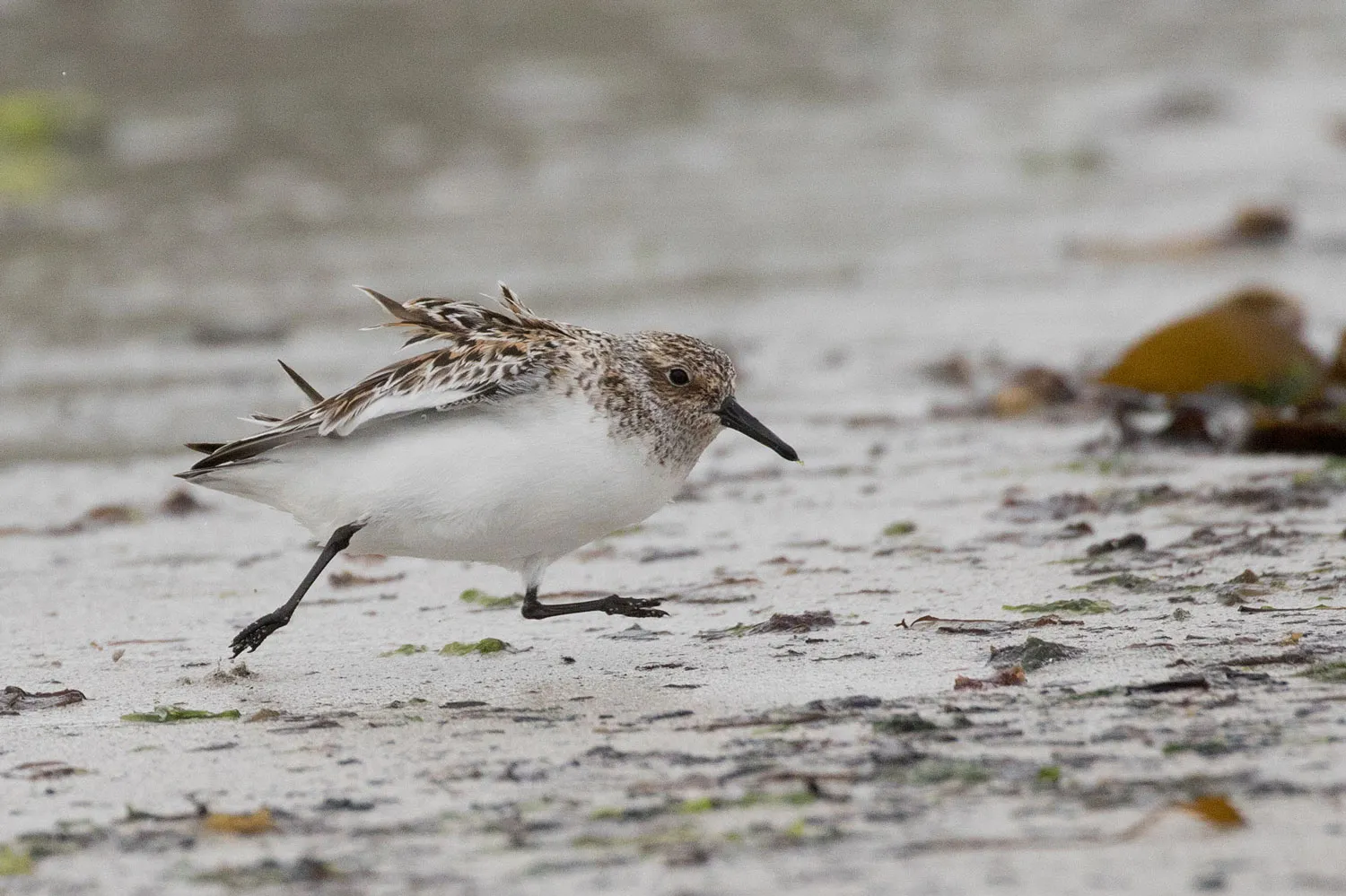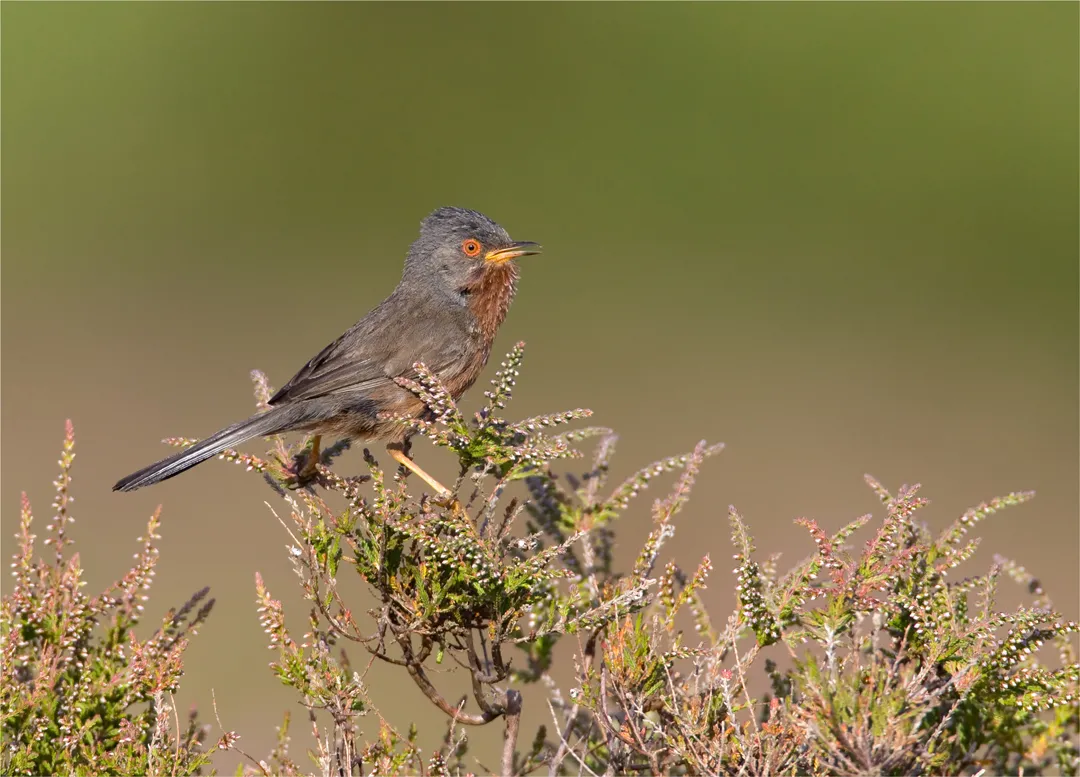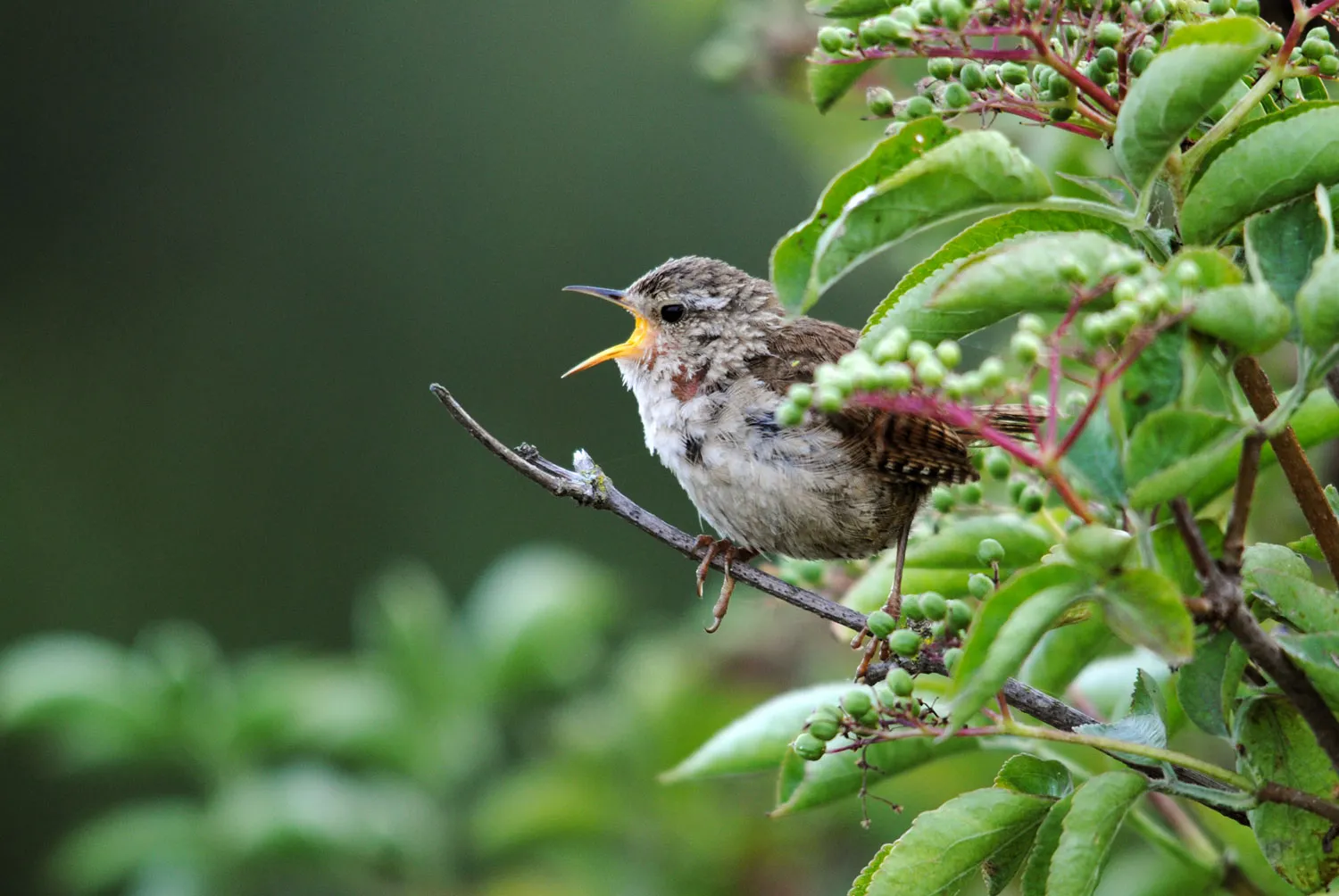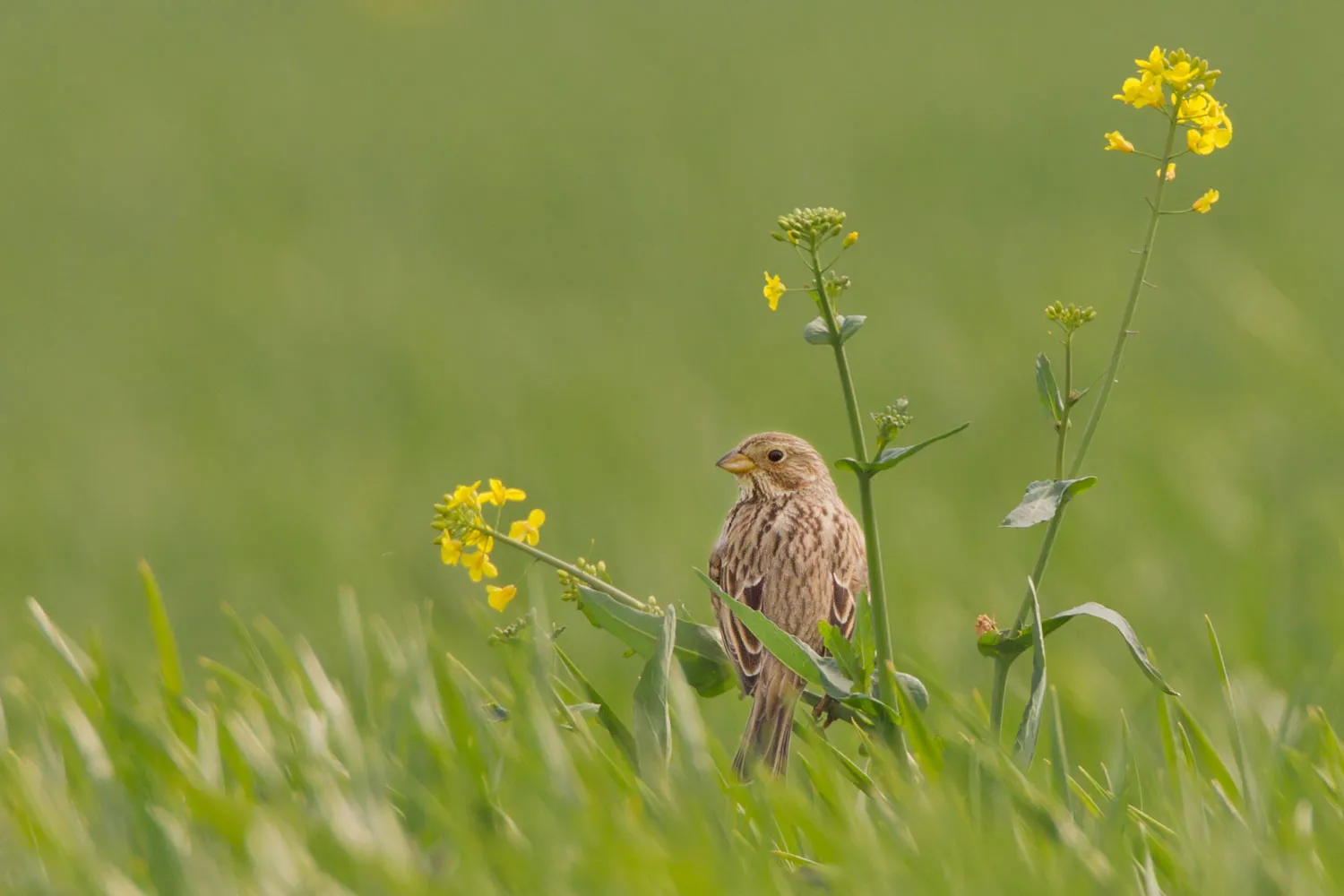We are tracking changes in bird populations to understand their health and that of the wider natural world. Our long-term data, collected through core annual monitoring schemes and periodic surveys and atlases, provide unparalleled evidence of changing numbers, distributions and communities.
The Charting Change Action Area of the BTO Strategy 2023–30 aims to ensure long-term bird monitoring data are able to deliver robust and equitable high-level metrics of change across the UK, and in all four countries, that inform progress towards restoring bird populations on land, coast and at sea.

What we are doing
In addition to the programme of work delivered through the BTO/JNCC Partnership and other collaborations, we have highlighted a number of other key priorities, required to ensure delivery of our Charting Change ambitions. Some of these priorities, for example a much-needed survey of heathland birds, are now actively being delivered by BTO staff.
Gap analysis
In parallel with the completion of the Monitoring Strategy, there is an urgent need for assessment of species gaps by country. This encompasses identification of species, at the country level as well as for the UK, for which further information about their populations or demographic status is required. We are prioritising these gaps based on the conservation status and importance of the population, feasibility and cost-effectiveness of data collection, relevance to particular habitats or pressures, and opportunities for wider engagement. Approaches will include increased, potentially stratified augmentation of existing surveys, bespoke new surveys, greater use of unstructured datasets, use of acoustic methods, and integration of multiple data sources, over the short and long term.
Mapping bird distributions, relative abundance and change (Bird Atlas 2027–31)
A repeat of the bird atlas project will give up to date information on the abundance and range of all winter and breeding species in Britain and Ireland. Planning work for Bird Atlas 2027–31 is underway, and our intention is that this atlas should be the most impactful for birds and most inclusive for peopler.
Passive Acoustic Monitoring and other new tech
Interest in Passive Acoustic Monitoring is growing rapidly, and we are working to establish new opportunities for this technology to enable more effective monitoring of remote and poorly monitored areas and landscapes, and to broaden survey audiences spatially and, especially, to new types of participant.
Featured work
The following projects are contributing towards the delivery of our Charting Change Action Area's outcomes, and we are very grateful to all of the people and partners who are making this possible.
Heathland Birds Survey
The Heathland Birds Survey is surveying Nightjars, Woodlarks, Dartford Warblers and other important heathland bird species.

Developing monitoring methods
Find out what we have been doing to explore the potential of passive acoustic monitoring to collect data on bird populations.

